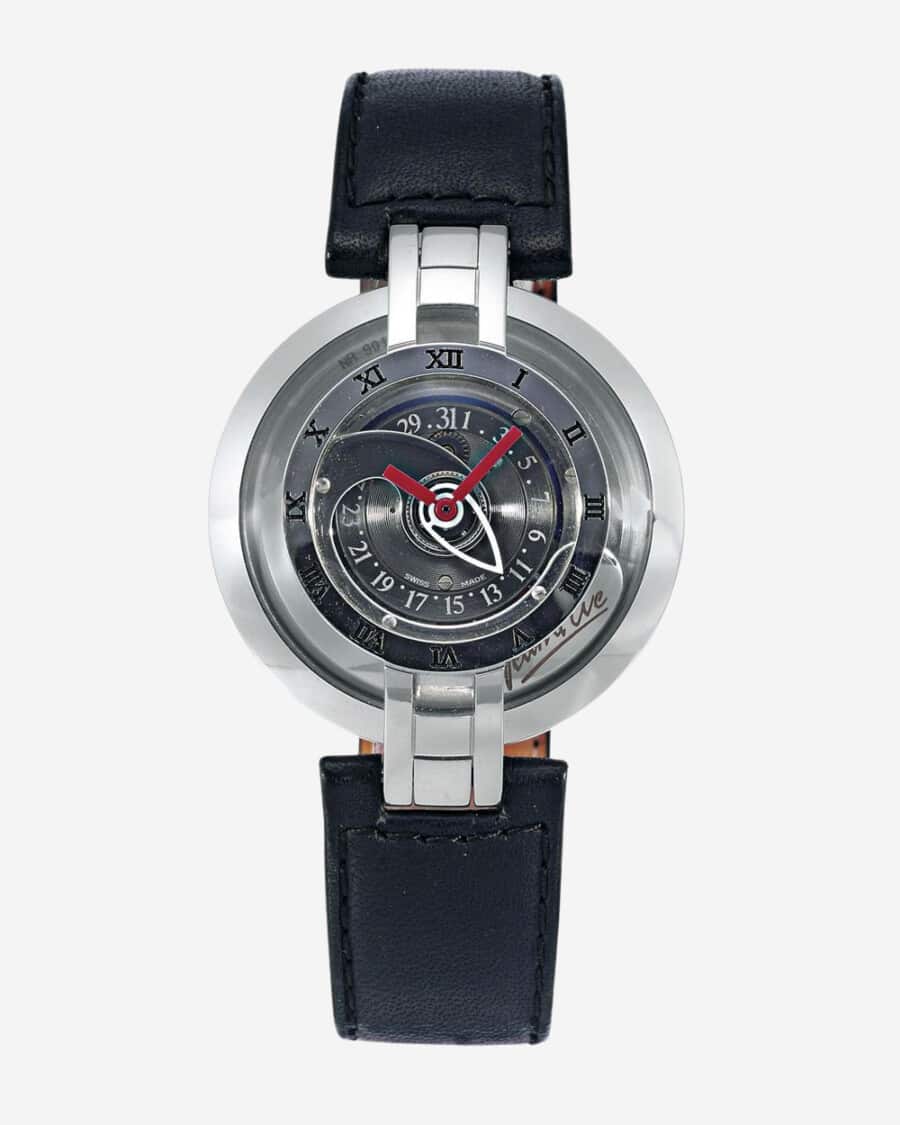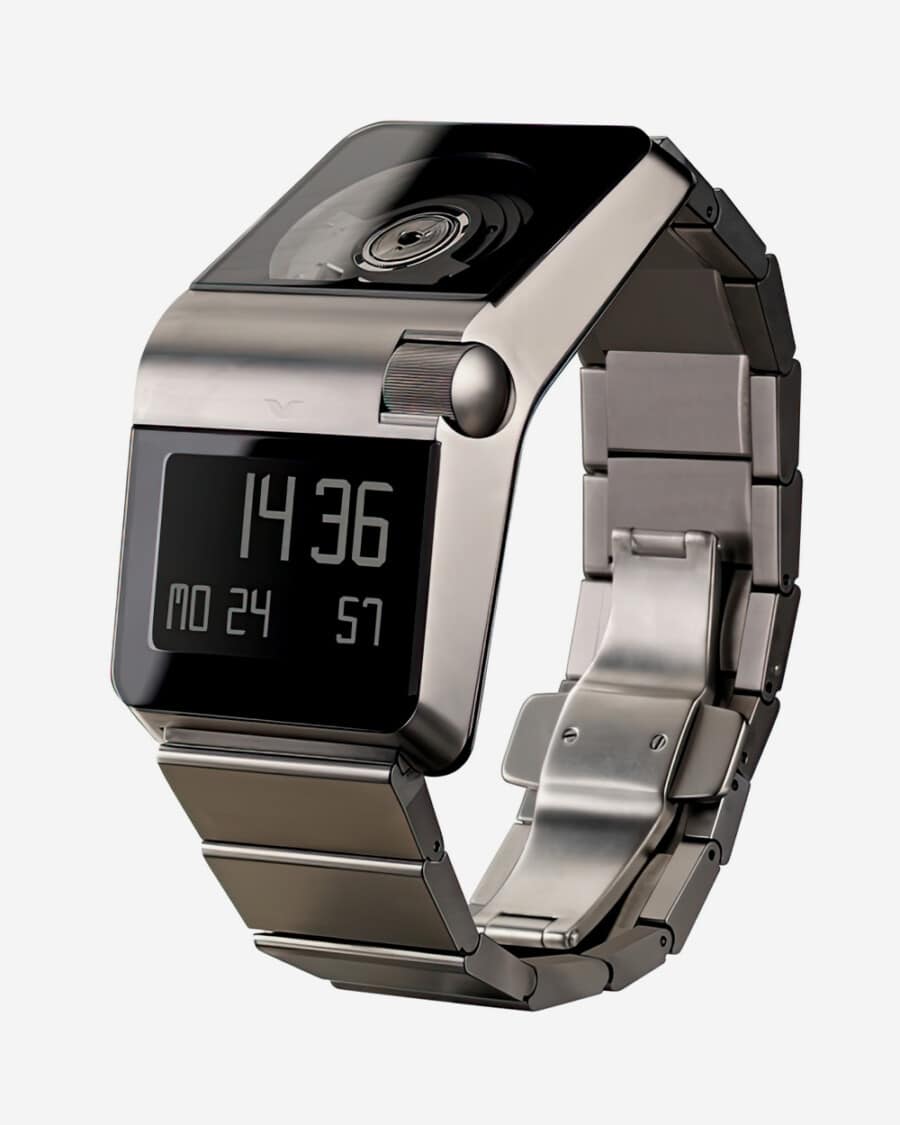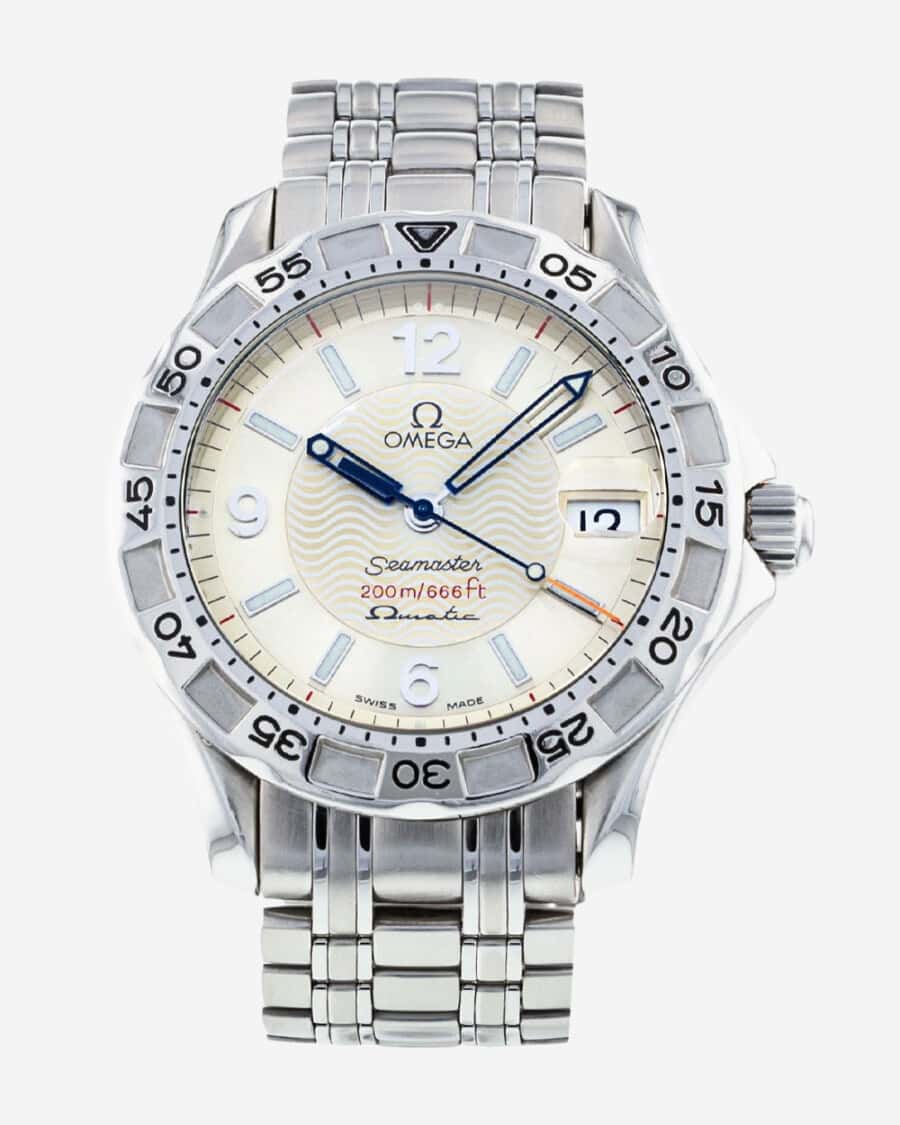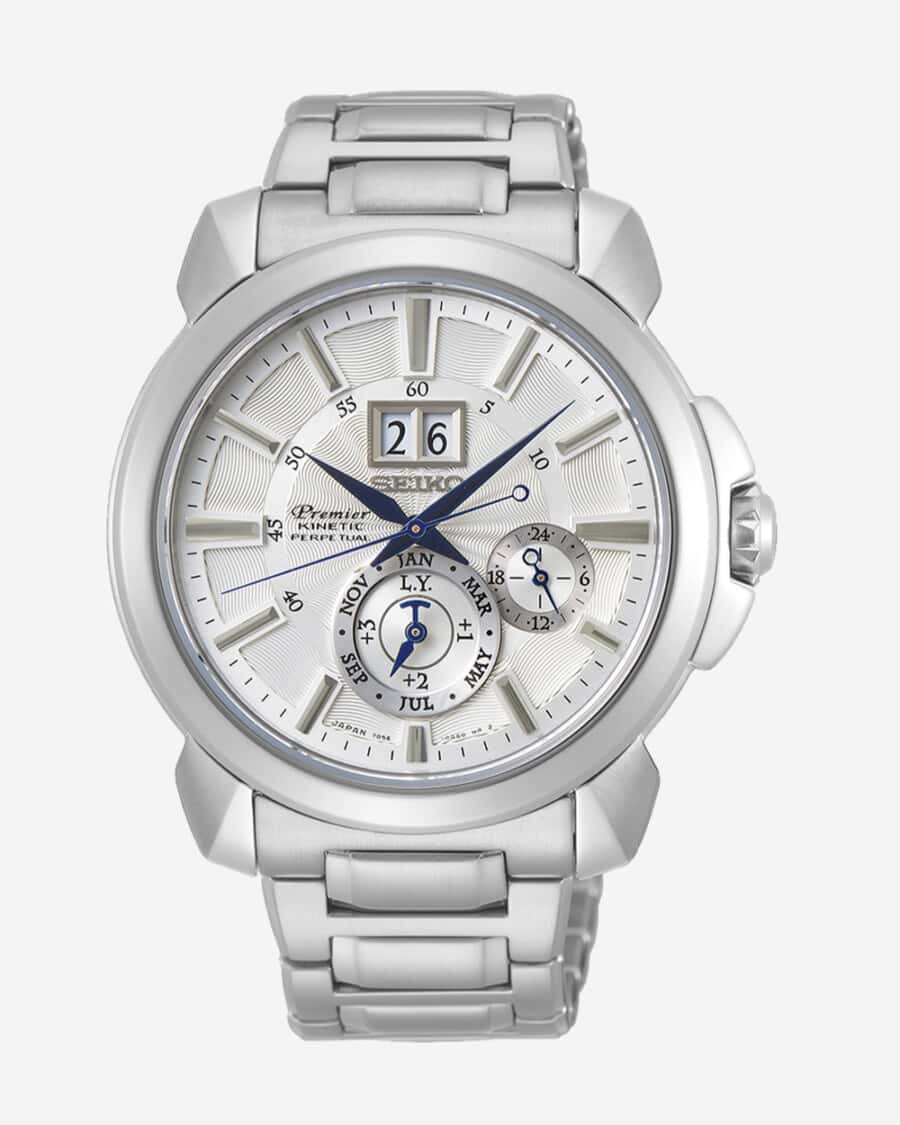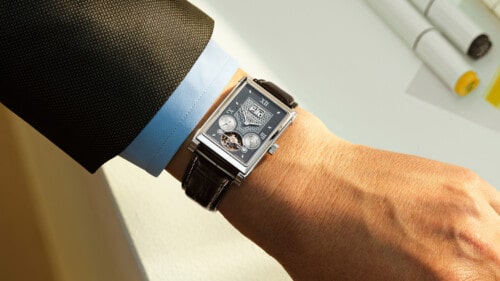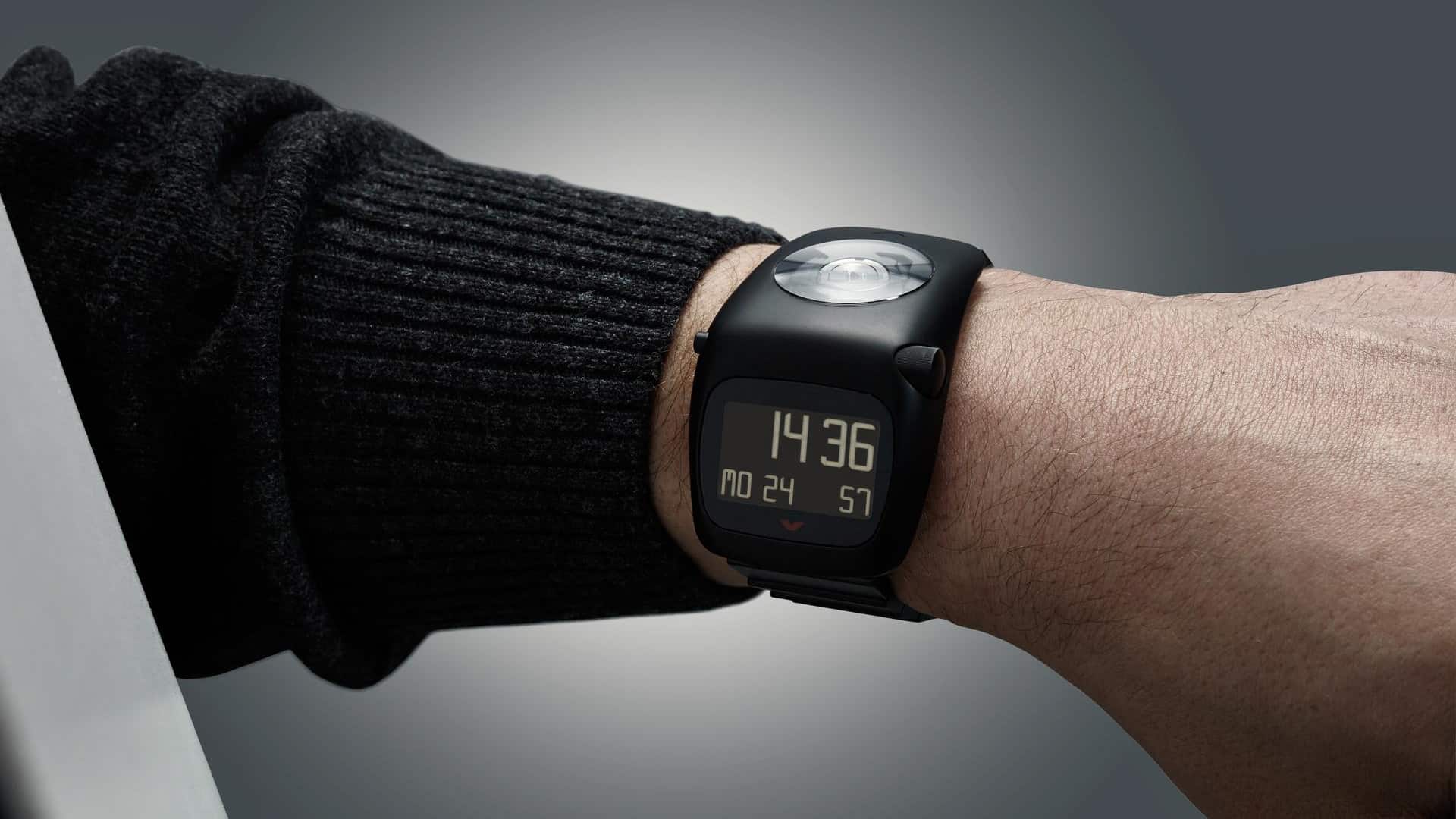
In Motion: 4 Kinetic/Autoquartz Watches To Add To Your Collection
Kinetic watches, also known as autoquartz, are rare in 2024 but you can still get your hands on some superb examples.
To start let’s deal with semantics. Technically any watch with a rotor is kinetic given that the word refers to motion, with kinetic energy being the movement energy of an object. However, when it comes to watches the term ‘kinetic’ refers specifically to a type of movement first developed by Seiko in 1986. This was the first watch to convert kinetic energy into electrical energy by hooking a rotor up to a battery or capacitor.
Below, we’ll explain how this kinetic watch actually works, the difference between kinetic and automatic, and showcase some of our favourite, ‘proper’ kinetic watches you can get your hands on today.
What is a kinetic watch?
In an automatic watch, the movement of a person’s wrist causes the oscillating weight, or rotor, to spin, which in turn coils the mainspring. In simplest terms, its uncoiling provides the energy to power the watch.
In a kinetic watch, there’s still a rotor which is connected to a gear train, but this gear train transforms the movement of the oscillating weight into a magnetic charge. This in turn is connected to a generating coil that mutates this magnetic charge into electricity, which then powers the watch via the capacitor.
Inside this reside two electrodes separated by a dielectric insulator (a material that doesn’t allow current to flow), which stores and supplies energy. Generally speaking, automatic watches have a power reserve of between 36-42 hours (yes, there are those with 72 or even 80 hours of power reserve but this is an average); a kinetic watch can store energy for months, even years.
The king of kinetics
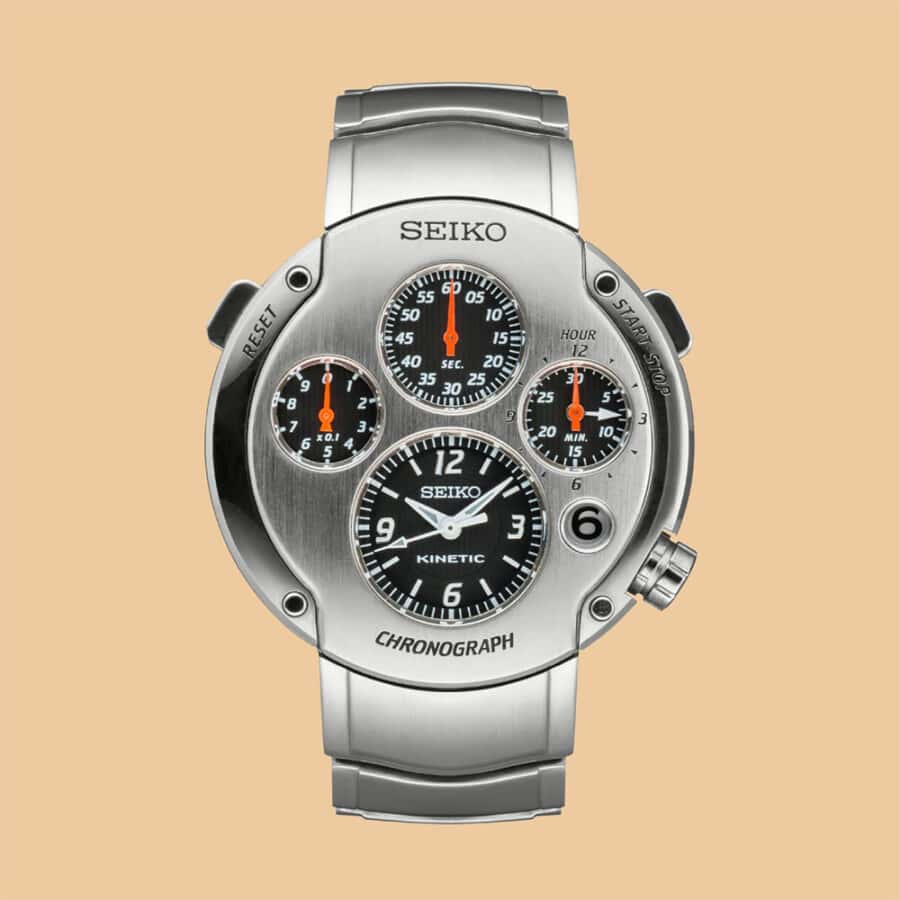
Seiko Ultimate Kinetic Chronograph (1999)
Japanese watchmaker Seiko is the king of kinetics and possibly the only brand still selling kinetic watches, or autoquartz as they are sometimes called. After its first kinetic timepiece in 1986, it followed that up with its Kinetic Auto Relay featuring a mechanism that extended the rest period of the watch to four years – meaning you could leave it in a drawer for three years and 364 days and it would still tell the right time when you charged the capacitor.
Then in 1999 it launched its Ultimate Kinetic Chronograph with zero resetting function, which allowed the seconds hand to be reset to zero. Another chronograph was unveiled in 2003, swiftly followed by its perpetual calendar, which also goes to sleep automatically when not worn but can revert back to the correct time when put back on.
The last real innovation was in 2007 when it launched the Kinetic Direct Drive with its so-called ’emotional technology’ – a term used by Seiko to refer to the fact that you could manually wind the movement, the perfect combination of antiquated and futuristic.
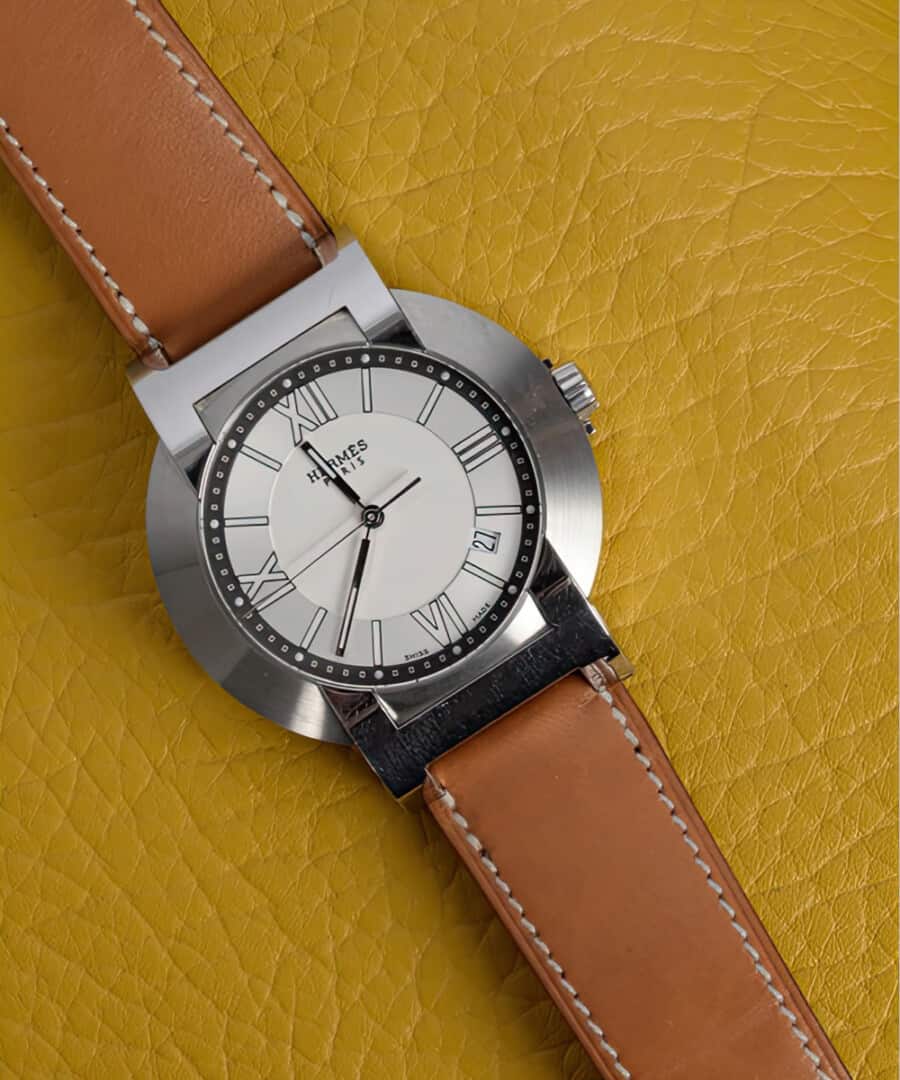
Hermes Nomade Kinetic Compass Watch
Other brands have dabbled. ETA, the Swiss movement maker that is part of the Swatch Group, made seven different autoquartz movements. These were used by third parties such as Hermes, which put one in its Nomade, and Swatch siblings Omega and Tissot. There was even a Swatch Autoquartz ‘Electrons’ that was launched in 1999.
Citizen also dabbled with its 1998 Eco Drive Duo, which combined mechanical power with a solar cell. At around $1,000 (about $1,875 in today’s money) it was Citizen’s bid for the higher-priced market, but it failed to catch on with watch buyers and Citizen stopped making it.
The other brand to experiment with autoquartz was Ventura, a small Swiss manufacturer that claimed to be ‘the world’s only manufacturer of automatic digital watches’ because its VEN_99 had an autoquartz movement with an LCD digital display. It went bankrupt in 2007, re-emerging in 2011 and continuing to sell its unusual creations today.
Kinetic, or autoquartz movements, haven’t really caught on in an industry-wide sense. Forums point to premature capacitor failure as a possible reason – if you have to replace the power source every 10 years you might just as well buy a straight-up quartz because the battery’s cheaper.
However, there are those who really love its possibilities. In a feature in watch industry title QP a few years back, Finnish watchmaker extraordinaire Stepan Sarpaneva picked the ETA autoquartz as the now-discontinued movement he most wanted to resurrect.
The best kinetic watches in 2024
So, if you do want to add a horological oddity favoured by an esteemed watchmaker to your collection, here are four ways to go.
Jean d’Eve Samara
Not a name many people will probably be familiar with but Jean d’Eve has its roots in 19th century Le Locle. In 1888, Charles Barbezat-Balliot founded his eponymous watch manufacture specialising in high-end repeating watches. It also sold its own watches under the Le Phare label, at a more accessible price point, that featured chronographs, calendars and moonphases.
It even made machines for watchmaking under the Dixi marque. Dixi would become so successful that in the 1970s, as an independent company, it bought up most of Le Locle’s watch businesses, saving the likes of Zenith in the process.
Jean d’Eve was a watch brand the company launched in 1981 for its higher-end models and in 1988 it unveiled its Samara, which it claimed was the first automatic quartz watch in the world. Technically Seiko had pipped it to the post but its 1986 unveiling at Baselworld was under trial and wasn’t released for general consumption until 1988.
The Samara is slightly different to other autoquartz watches as it shows the movement rather than keeping it hidden. Powering it is the Kentron Cal.861.0 ‘Generotor system’, which put the rotor on the dial side underneath the hands.
When fully charged it has a power reserve of 10 days and also has an ‘Energizer’ which restarts the watch once it has stopped.
Unlike many brands who have ditched autoquartz, Ventura still sells a version 2.0 of the Samara. If you can find a retailer that stocks it, that is.
Ventura SPARC MGS
This is most definitely not the British watchmaker which made the timepiece that was once part of the Dirty Dozen collection of 12 military watches issued to the MoD during WWII. This brand, despite being a relative unknown, was once, in the mid-Nineties, among the 10 largest manufacturers of Swiss COSC-certified watches.
However, the creative minds at Ventura grew bored with making standardised mass-produced mechanical movements so they decided to celebrate the year 2000 with the launch of the first-ever automatic digital watch. It was powered by an autoquartz originally from ETA but then produced in-house when, in 2006, the Swatch-Group owned movement maker decided to exit the business.
The time read-out was a digital display and the cases were made of either Titanox (titanium that has undergone a hardening process to make it more scratch resistant) or Durinox (steel given the same treatment). The read-out, whose functions included two time zones in either 12- or 24-hour format with date, chronograph, countdown, 100-year perpetual calendar with day in five languages, date, month, year and three different date formats.
All of this was controlled with a small roller above the display, known as the EasySkroll. It also has a 45-day power reserve.
While there is a newer version, this W51S model is the classic. If you liked 2022’s Casquette from Girard-Perregaux, this is for you. And it’s half the price.
Omega Seamaster 200 Omegamatic
This is the timepiece Omega, in its current guise, would probably rather Watch Wiki forgot. It was only produced for three years, from 1997-2000, came in black or silver dial options, and was initially powered by the ETA-made calibre 1400 before its capacitor was replaced with a rechargeable battery.
Unusually, this movement had the option of manual winding to get the initial power into the capacitor, which when fully charged had 100 hours of power reserve. When power became low the seconds hand would start to move at four second intervals to alert the wearer.
It is water resistant to 200m, has a unidirectional bezel and a cyclops date window; a feature usually associated with Rolex.
The curious thing about this watch is why Omega wanted to offer an autoquartz in the first place. It wasn’t technology that everyone was clamouring for, and it seems out of step with the brand. Still, it’s a wonderful example.
Seiko Kinetic Premier Perpetual
Seiko describes this watch as combining the beauty of a classic mechanical perpetual calendar with the accuracy of quartz, which surmises it perfectly.
It is correct until February 28, 2100; if you leave it in a cupboard for up to four years, it will restart accurately, and thanks to a photo sensor – which recognises a certain mark on each gear – the movement can correct the date, day, month and year, including February of leap years.
Seiko is, quite rightly, proud of its kinetic movement. This calibre has 232 parts, which is comparable to well-made purely mechanical movements, and its specially designed ultra-sonic motor is just 0.4 mm thick.
It has Seiko’s Auto-Relay, which allows the watch to operate normally for six months on a full charge unworn, after which it goes into ‘sleep’ mode for up to four years. The accuracy remains and the calendar continues to show the correct date, month and year, but the hands stop, conserving energy, until, once the watch is put on again, the hands automatically reset to the correct time.
All of which is not surprising given Seiko pioneered this technology in the first place.
